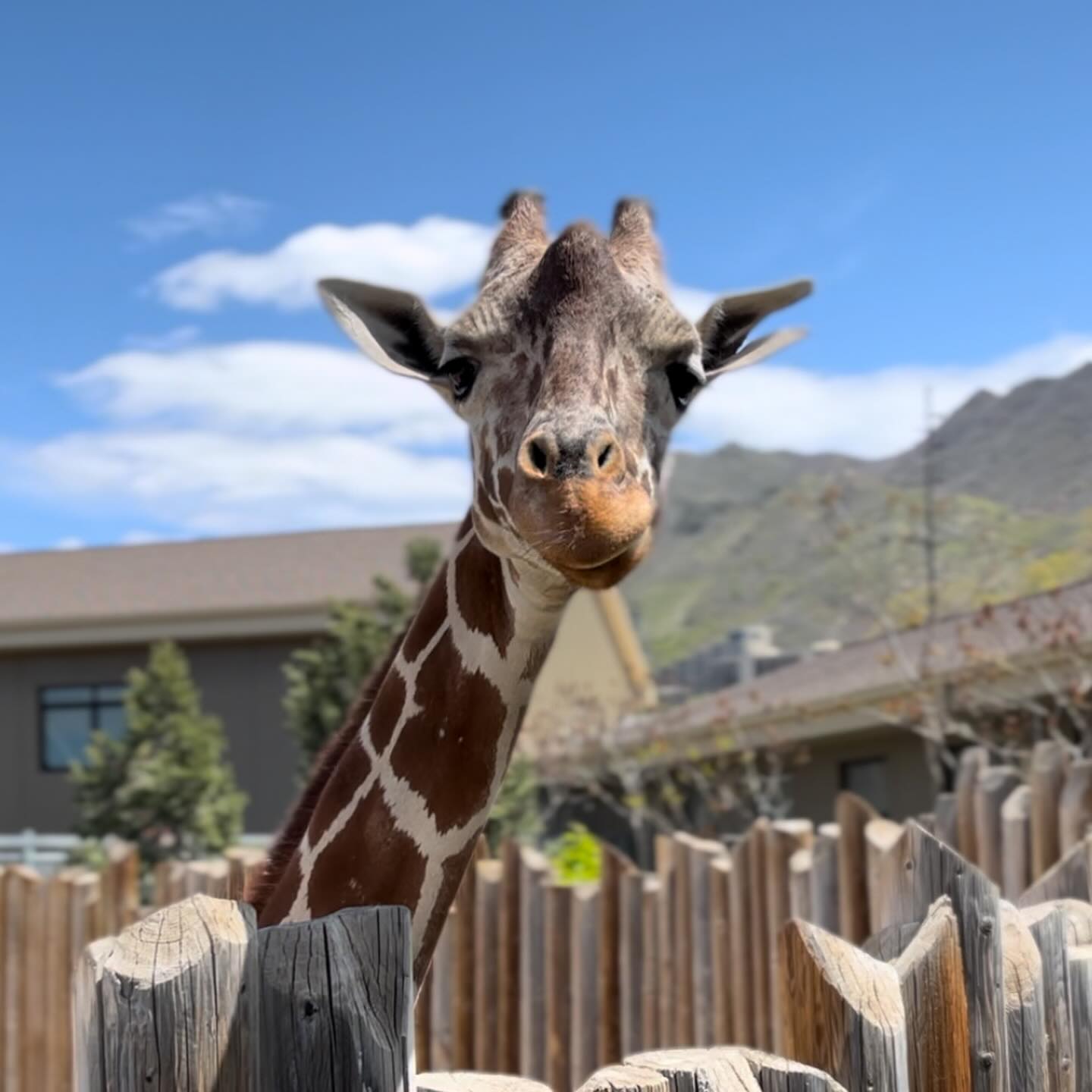- Exploring the natural history and biology of giraffes, with a focus on their unique adaptations and social behavior.
- Understanding the importance of interactive experiences such as giraffe feeds in fostering public interest in wildlife conservation.
- Recognizing the role of zoos in giraffe conservation efforts and how they contribute to the survival of these majestic animals.
- Discussing the ethical considerations and best practices for human-animal interactions in zoo settings.
- Highlighting the significance of educational programs in zoos for promoting awareness about giraffes and their conservation status.
Giraffes are among the most iconic creatures on the African savannah, captivating visitors at zoos worldwide with their lofty stature and gentle demeanor. Memorial Day weekend marks the commencement of a remarkable opportunity for zoo-goers to meet these magnificent animals up close. Stephanie and her fellow giraffes reside at Twiga Terrace, where the public can connect with these animals and participate in giraffe feeds during the summer months.
Embarking on an educational journey into the world of giraffes, it is essential to appreciate their biological uniqueness. Giraffes possess an extraordinary anatomy that supports their arboreal browsing lifestyle. Their elongated neck, an evolutionary masterpiece, consists of the same number of cervical vertebrae as humans—merely extended to impressive lengths. This allows them to reach the tender leaves and shoots high in treetops that other herbivores cannot access. Their distinctive spotted coat pattern is camouflage among the dappled light of their wooded habitats. Giraffes have also evolved a specialized cardiovascular system to manage the blood flow to and from their brains when they lift or lower their heads.
The social dynamics of giraffes are remarkable, with groups known as towers predominantly comprised of females and their young, while males are more solitary or travel in bachelor herds. These animals communicate through various vocalizations, many occurring at frequencies too low for human ears to detect. The complex social interactions and bonding between mothers and calves are heartening aspects of giraffe behavior that visitors may witness during their encounter at Twiga Terrace.
The implementation of giraffe feeds serves as an engaging experience and is instrumental in sparking an interest in wildlife conservation. These sessions permit zoo visitors to form a tactile connection with giraffes, which can deepen empathy and appreciation for these creatures. When visitors feed giraffes and look into their eyes, a profound understanding and concern for the plight of wild populations is often ignited.
Amidst the fun and excitement, it is imperative to consider giraffe conservation status. Unfortunately, giraffes have been silently slipping towards endangerment, with some subspecies classified as critically endangered. Habitat loss, poaching, and disease all contribute to their declining numbers in the wild. Zoos play a critical role in global conservation efforts, participating in captive breeding programs and supporting field research and habitat restoration projects. The captive populations can be ambassadors for their wild counterparts, inspiring action and financial support for conservation initiatives.
The interaction with Stephanie and her tower on Twiga Terrace extends beyond mere entertainment; it is a carefully managed activity aligned with ethical animal treatment and the educational mission of zoos. Feeding giraffes is monitored to ensure their well-being, providing them with a diet that mirrors their natural foraging habits. Zookeepers supervise these encounters, guiding visitors in interacting respectfully and sharing information about giraffe behavior and conservation.
Educating the public is a fundamental component of zoo programs. Through events like the giraffe feeds, zoos disseminate crucial information about the animals’ habitats, their challenges, and the steps to secure their future. Educators and animal caretakers adeptly craft these messages to captivate audiences of all ages, fostering an interest in science and conservation that transcends the zoo experience.
Successful human-animal interactions in zoos require adherence to best practices. These involve maintaining a safe environment for both animals and humans, keeping animal welfare at the forefront, and ensuring that interactions are rooted in the animal’s natural behavior. These principles promote positive encounters, delivering outcomes beneficial to giraffes and visitors.
Participating in the giraffe feeds at Twiga Terrace is more than a novel activity; it represents a window into the lives of these extraordinary animals and an invitation to join the conservation effort. By supporting such initiatives, zoo-goers gain a memorable experience and contribute to the broader mission of wildlife preservation. As visitors look forward to meeting Stephanie and her towering friends, the hope is that they also leave with a lasting commitment to protecting giraffes and their habitats, carrying the message of conservation forward.
*****
Source Description
🦒🤳
Want to get to know Stephanie and the whole tower of giraffes? Starting Memorial Day weekend, you can meet us on Twiga Terrace to feed tasty treats 🥬 to our tallest residents.
Giraffe feeds are $5 and run on select days in the summer, starting Memorial Day weekend. A @mountainamericacu for the inside scoop on feed times, don’t forget to check our story for the daily schedule!

